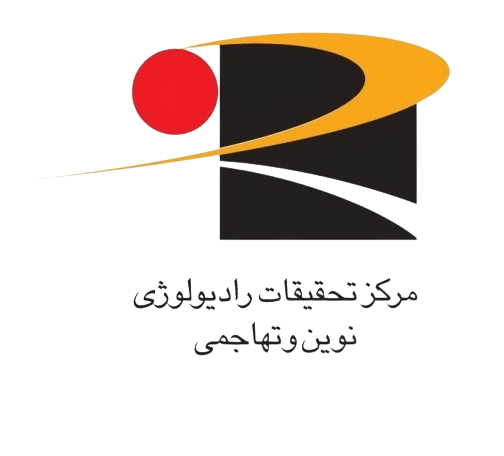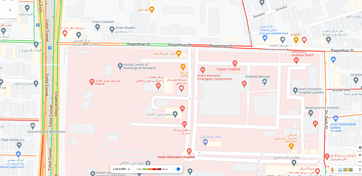Breast cancer diagnosis by thermal imaging in the fields of medical and artificial intelligence sciences: Review article

Breast cancer is the most common cancer in women and one of the leading of death among them. The high and increasing incidence of the disease and its difficult treatment specifically in advanced stages, imposes hard situations for different countries’ health systems. Body temperature is a natural criteria for the diagnosis of diseases. In recent decades extensive research has been conducted to increase the use of thermal cameras and obtain a close relationship between heat and temperature of the skin's physiology. Thermal imaging (thermography) applies infrared method which is fast, non-invasive, non-contact and flexibile to monitor the temperature of the human body. This paper investigates highly diversified studies implemented before and after the year 2000. And it emphasizes mostly on the newely published articles including: performance and evaluation of thermal imaging, the various aspects of imaging as well as The available technology in this field and its disadvantages in the diagnosis of breast cancer. Thermal imaging has been adopted by researchers in the fields of medicine and biomedical engineering for the diagnosis of breast cancer. With the advent of modern infrared cameras, data acquisition and processing techniques, it is now possible to have real time high resolution thermographic images, which is likely to surge further research in this field. Thermography does not provide information on the structures of the breast morphology, but it provides performance information of temperature and breast tissue vessels. It is assumed that the functional changes occured before the start of the structural changes which is the result of disease or cancer. These days, thermal imaging method has not been established as an applicative method for screening or diagnosing purposes in academic centers. But there are different centers that adopt this method for the diognosis and examining purposes. Thermal imaging is an effective method which is highly facilitative for breast cancer screening (due to the low cost and without harms), also, its impact will increase by combining other methods such as a mammogram and sonography. However, it has not been widely recognizesd as an accepted method for determineing the types of tumors (benign and malignant) and diseases of breast tissue.








ارسال به دوستان